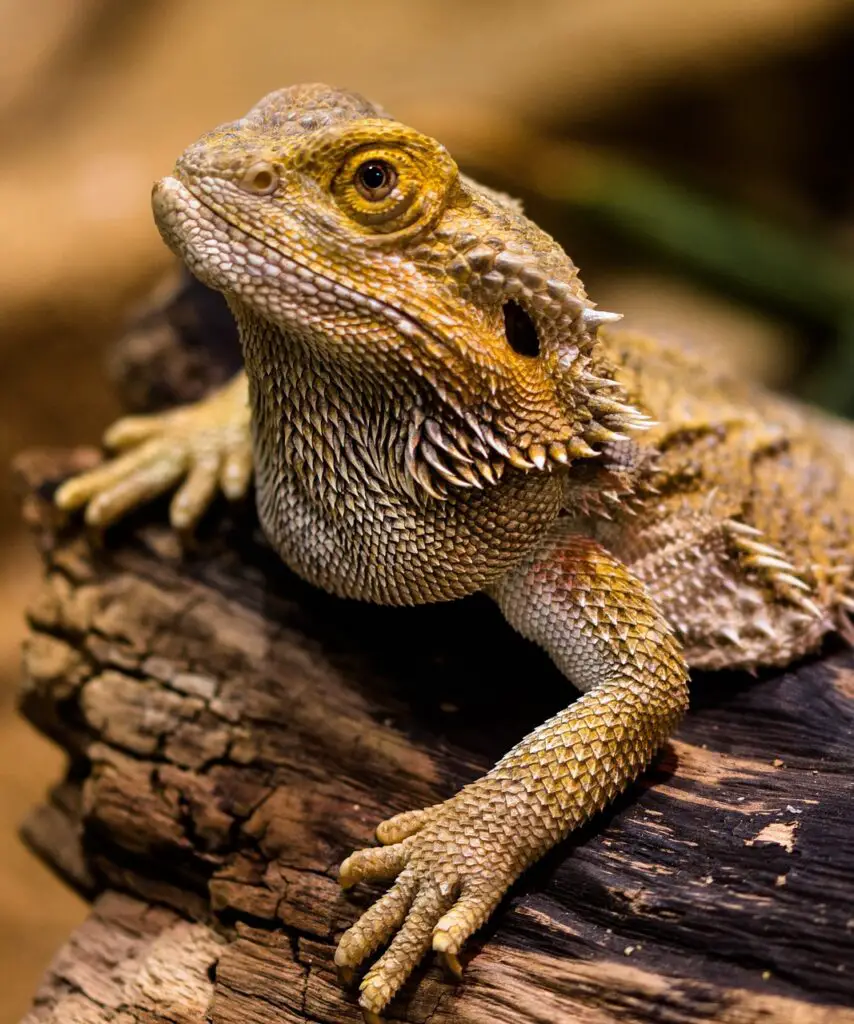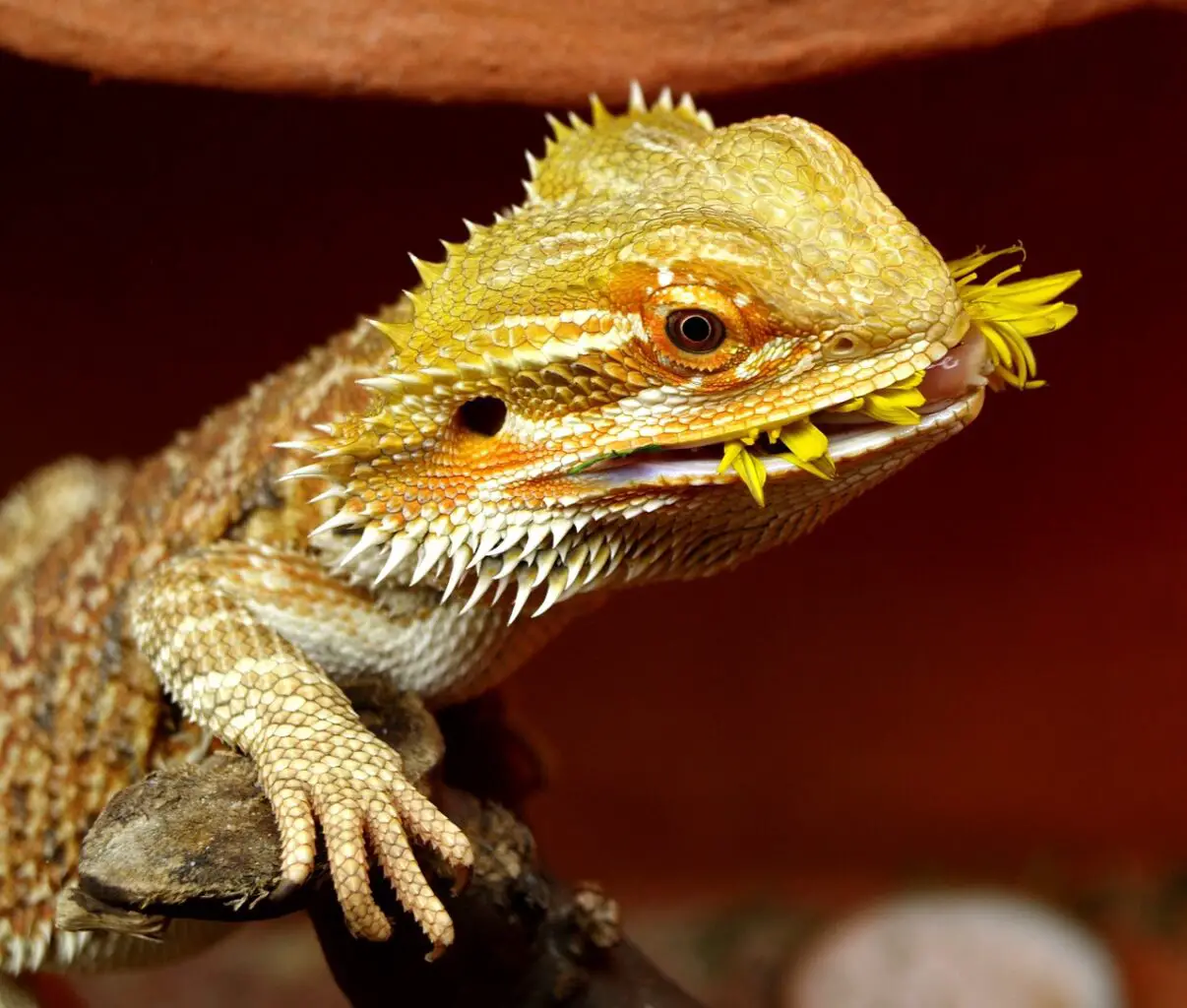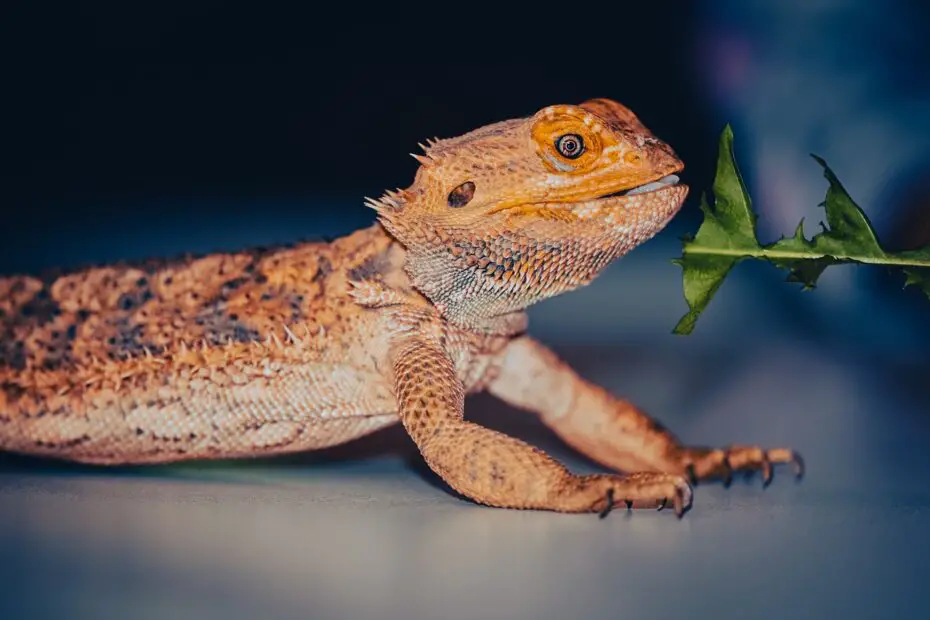If you’re considering a pet that is both fascinating and low-maintenance, look no further than the bearded dragon. These reptiles have gained popularity as pets due to their unique appearance, gentle nature, and relative ease of care.
Are Bearded Dragons Good Pets? In this article, we will explore why bearded dragons make great pets, discussing their characteristics, housing needs, feeding requirements, handling techniques, health care, and more. So, let’s dive into the world of bearded dragons and discover why they are an excellent choice for reptile enthusiasts.
You may also want to read about bearded dragon enclosure ideas.
Characteristics of Bearded Dragons
Appearance and Size
Bearded dragons, scientifically known as Pogona, are medium-sized lizards native to Australia. They are known for their distinctive appearance, with flattened bodies, triangular heads, and spiky scales that resemble a beard. These reptiles come in various colors and patterns, adding to their visual appeal. On average, adult bearded dragons reach a length of around 18 to 24 inches, making them a manageable size for pet owners.
Docile Nature and Temperament
One of the reasons bearded dragons have gained popularity as pets is their docile and friendly nature. Unlike some reptiles, bearded dragons are generally calm and tolerate handling well. With proper socialization and regular interaction, they can develop a bond with their owners, making them enjoyable companions.

Unique Beard Display
Bearded dragons derive their name from the distinctive “beard” they display when they feel threatened or excited. This beard is a pouch of skin located under their chin that can puff up and darken, creating an impressive visual display. While it may seem intimidating at first, it’s important to note that this behavior is primarily a defense mechanism and not a sign of aggression.
Housing and Habitat
Terrarium Setup
To provide a suitable living environment for your bearded dragon, you will need a spacious terrarium or enclosure. A 40-gallon tank is typically recommended for adult bearded dragons, although larger enclosures are even better. It’s important to ensure proper ventilation and secure closures to prevent escapes.
Lighting and Heating Requirements
Bearded dragons are ectothermic, meaning they rely on external heat sources to regulate their body temperature. Providing a basking spot with a temperature gradient is crucial for their well-being. A basking lamp, combined with a full-spectrum UVB light, is essential to meet their lighting and heating needs.
Substrate and Decorations
Choosing an appropriate substrate for your bearded dragon’s enclosure is essential. Avoid substrates that can cause impaction, such as loose sand or small particles. Reptile carpet, ceramic tiles, or paper towels are suitable options. Additionally, adding hiding spots, branches, and rocks will create a stimulating and enriching environment for your pet.
Feeding and Nutrition
Omnivorous Diet
Bearded dragons have an omnivorous diet, consisting of both insects and plant matter. Providing a balanced and varied diet is crucial to their overall health. The diet should primarily consist of gut-loaded insects, such as crickets, roaches, and mealworms, along with a variety of leafy greens, vegetables, and fruits.
Feeder Insects and Vegetables
When selecting feeder insects, it’s important to offer appropriately sized prey that is no larger than the space between the bearded dragon’s eyes. This ensures they can safely swallow their food. Additionally, a wide range of vegetables and leafy greens, such as kale, collard greens, and squash, should be offered to provide essential vitamins and minerals.
Calcium and Vitamin Supplementation
To support proper bone development and prevent metabolic bone disease, it’s crucial to provide calcium and vitamin supplementation. Dusting the insects with calcium powder and offering a multivitamin supplement a few times a week will help meet their nutritional requirements.
Handling and Interaction
Taming and Bonding
Bearded dragons can become accustomed to handling and develop a bond with their owners over time. Start by allowing them to acclimate to their new environment for a few days before attempting handling. Slowly introduce your hand near them, allowing them to approach you at their own pace. Gradually increase the duration and frequency of handling sessions to build trust and familiarity.
Gentle Handling Techniques
When handling a bearded dragon, it’s important to use gentle techniques to avoid causing stress or injury. Support their body with both hands, ensuring you have a firm but gentle grip. Avoid squeezing or applying pressure to their abdomen or tail, as these areas are sensitive. Regular, positive handling experiences will help your bearded dragon become more comfortable with human interaction.

Are Bearded Dragons Good Pets? Health Care and Maintenance
Regular Vet Check-ups
Maintaining the health of your bearded dragon involves regular veterinary check-ups. A reptile-savvy veterinarian can perform thorough examinations, check for any signs of illness, and provide guidance on proper care. Routine fecal tests and dental evaluations may also be necessary to ensure your pet’s well-being.
Temperature and Humidity Monitoring
Bearded dragons require specific temperature and humidity levels to thrive. Regularly monitor the temperature gradients within the enclosure, ensuring a basking spot temperature of around 95°F (35°C) and a cooler side ranging between 75-85°F (24-29°C). The humidity levels should be kept relatively low, around 30-40%, to prevent respiratory issues.
Shedding and Skin Care
Like other reptiles, bearded dragons periodically shed their skin. Proper humidity levels and a shallow water dish can aid in the shedding process. During shedding, bearded dragons may experience dry, flaky skin. Providing regular baths and gentle assistance in removing stuck shed can help ensure a successful shed.
Are Bearded Dragons Good Pets? Lifespan and Commitment
Longevity of Bearded Dragons
Bearded dragons have the potential to live for a significant period, with an average lifespan ranging from 10 to 15 years, and even longer with proper care. This longevity should be considered when committing to a bearded dragon as a pet, as it requires a long-term commitment and responsible ownership.
Time and Effort Required
While bearded dragons are generally low-maintenance pets compared to some other reptiles, they still require time and effort to provide proper care. This includes daily feeding, regular tank maintenance, monitoring temperature and humidity levels, and spending quality time interacting with your pet.
Conclusion
Are Bearded Dragons Good Pets? In conclusion, bearded dragons make excellent pets for reptile enthusiasts looking for a captivating and manageable companion. Their unique appearance, docile nature, and relatively straightforward care requirements make them a popular choice. By understanding their characteristics, providing a suitable habitat, offering a balanced diet, gentle handling, and ensuring proper health care, you can create a thriving environment for your bearded dragon and enjoy the joys of having these fascinating reptiles as part of your family.
FAQs
- Are bearded dragons good pets for beginners?
- Yes, bearded dragons are often recommended as suitable pets for beginners due to their docile nature and ease of care. With proper research and education, beginners can successfully provide for the needs of these reptiles.
- Do bearded dragons require a lot of attention and care?
- While bearded dragons don’t require constant attention, they do need regular care and interaction. This includes providing appropriate lighting, temperature regulation, a varied diet, and socializing with your pet.
- Can bearded dragons live together in the same enclosure?
- Bearded dragons are generally solitary animals and do best when housed alone. Keeping multiple dragons in the same enclosure can lead to territorial disputes and stress.
- What should I do if my bearded dragon stops eating?
- If your bearded dragon stops eating, it could be a sign of an underlying health issue or environmental problem. Monitor their behavior, consult a reptile veterinarian, and ensure their enclosure conditions are optimal.
- Are bearded dragons prone to any specific health issues?
- Bearded dragons can be susceptible to certain health issues, including metabolic bone disease, respiratory infections, and parasites. Regular veterinary check-ups, proper husbandry, and a nutritious diet can help prevent and detect these problems early.
